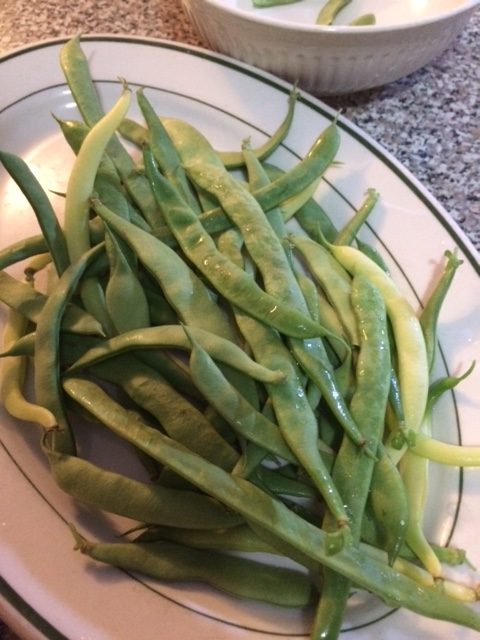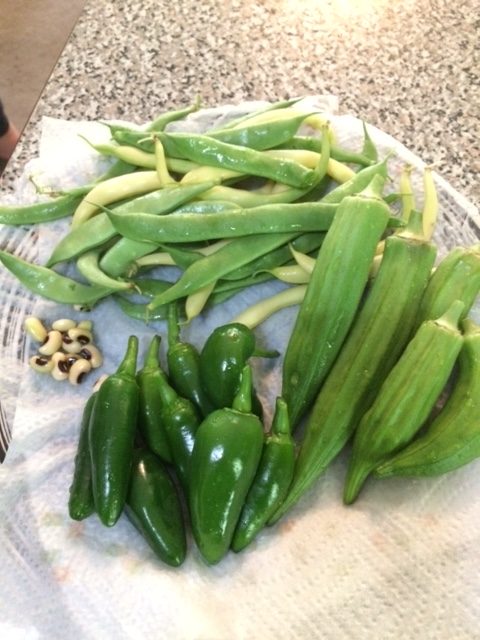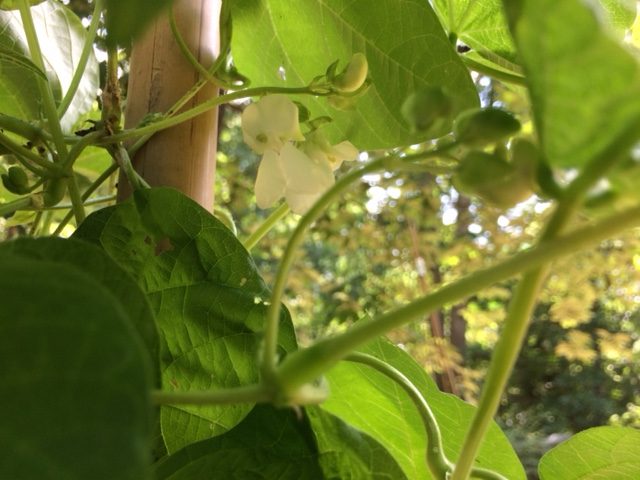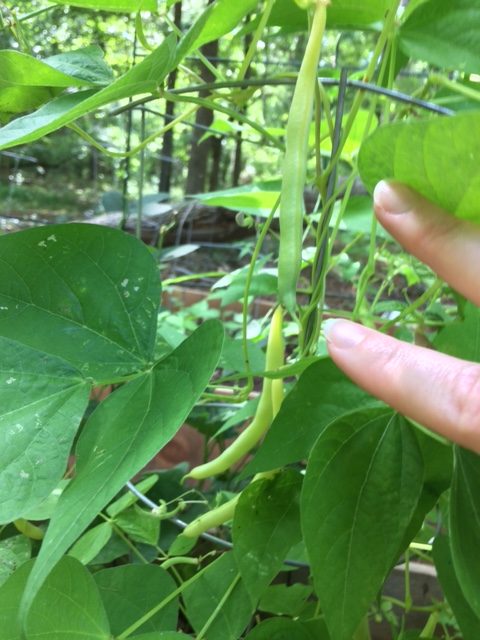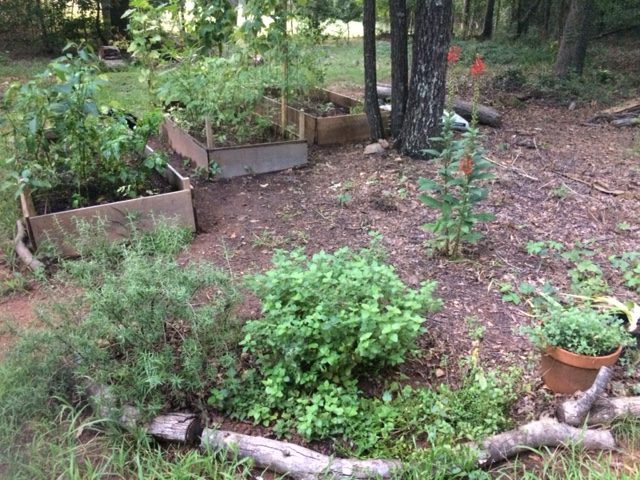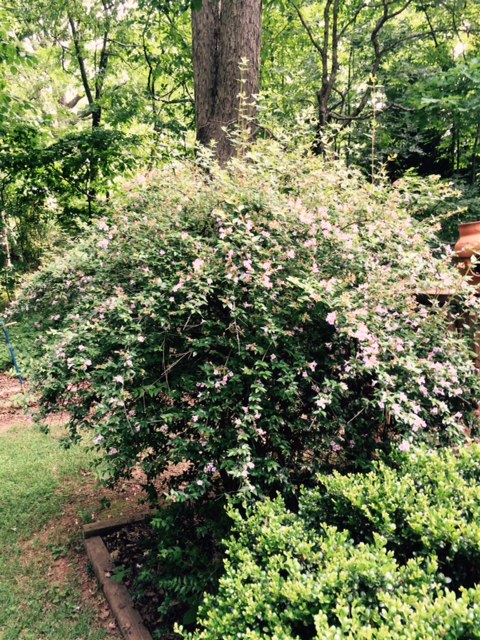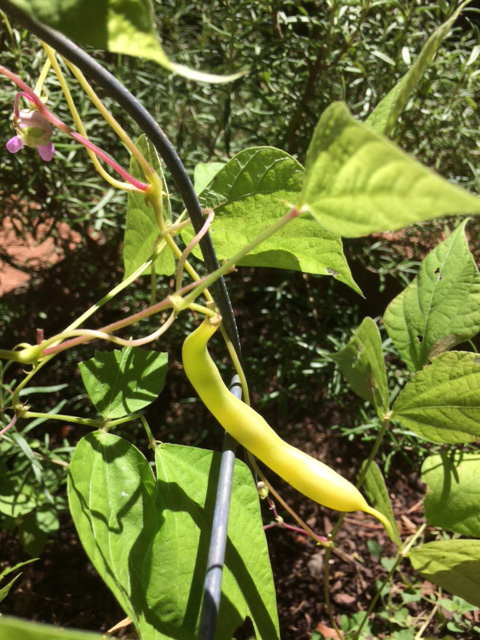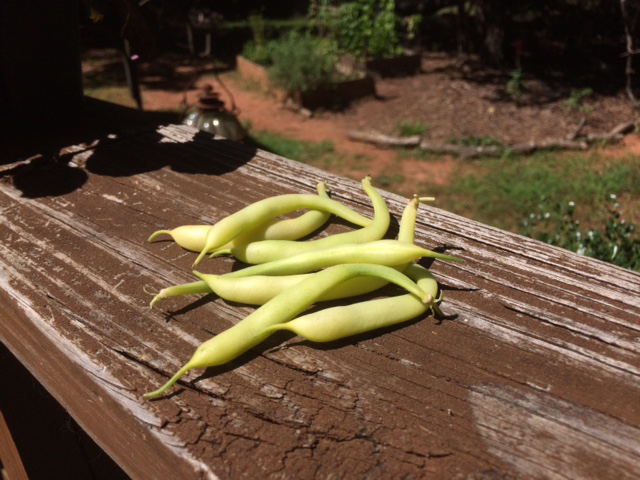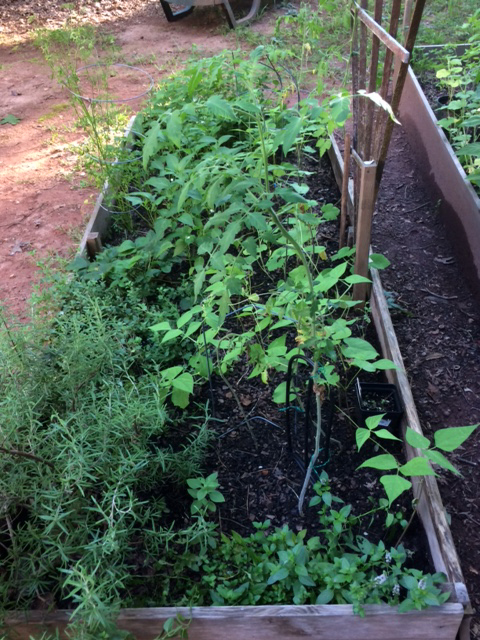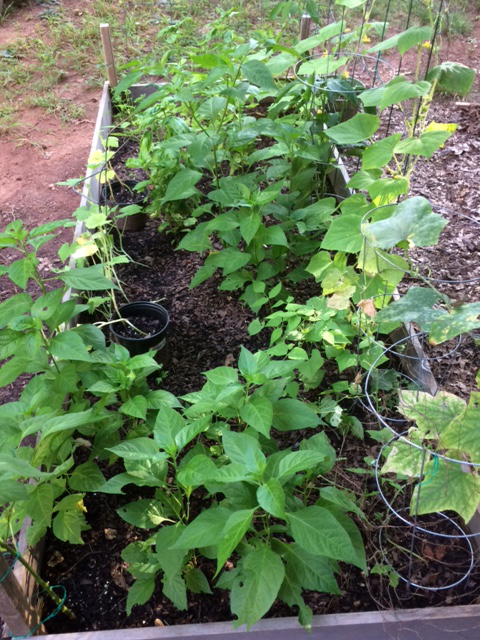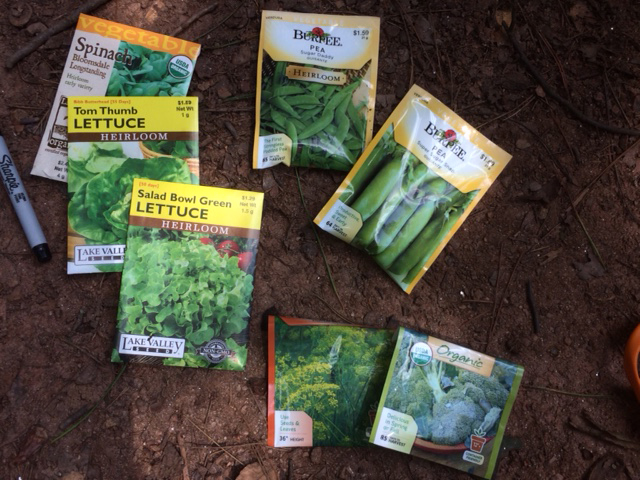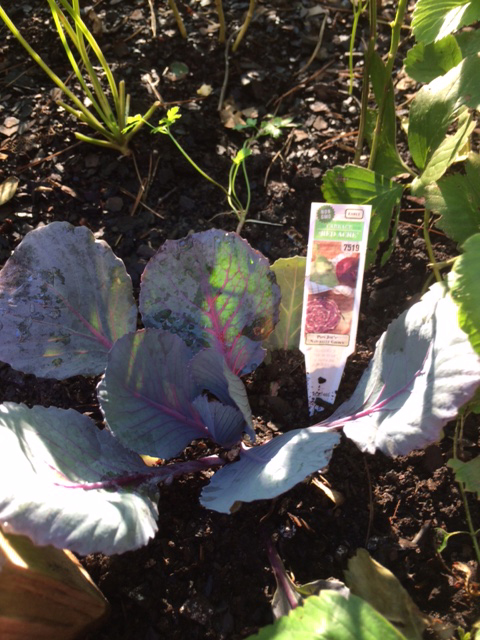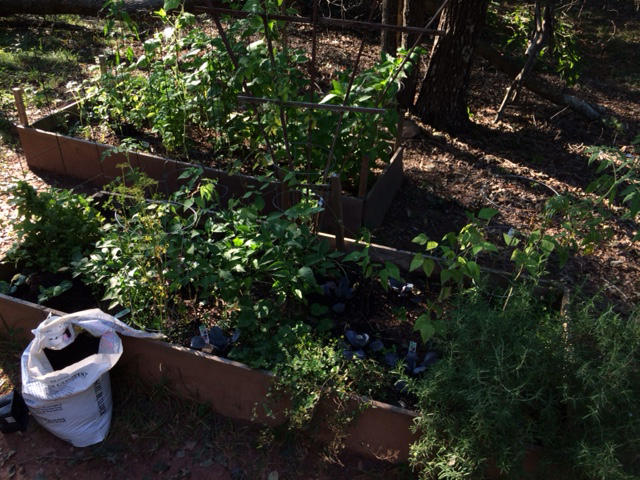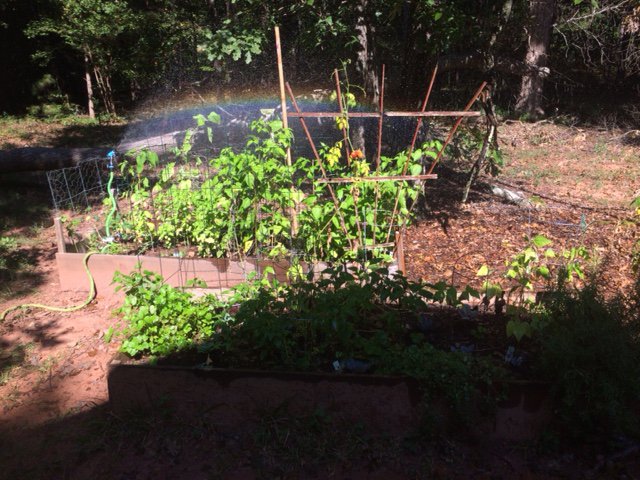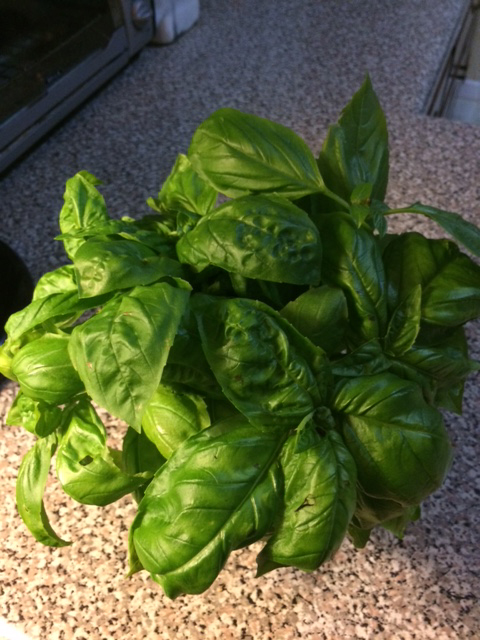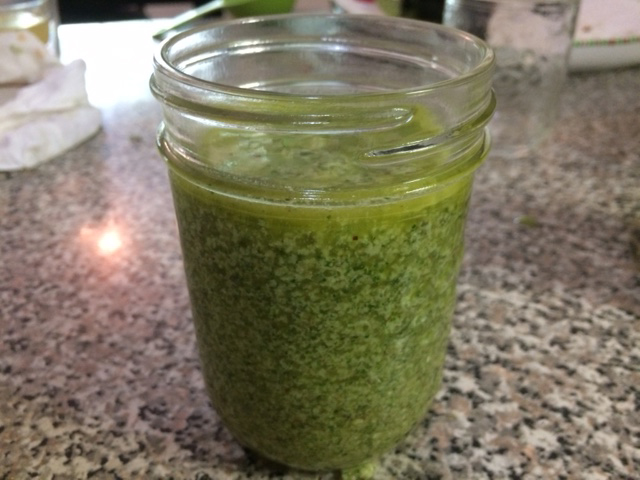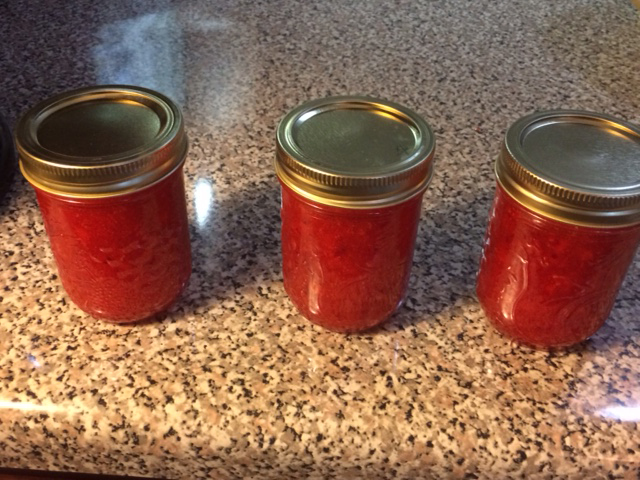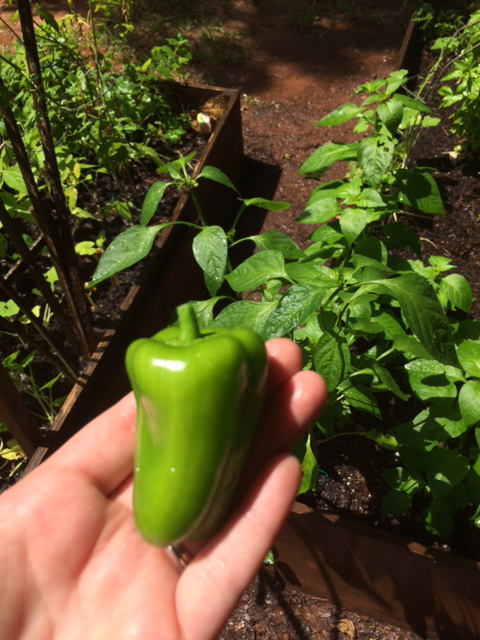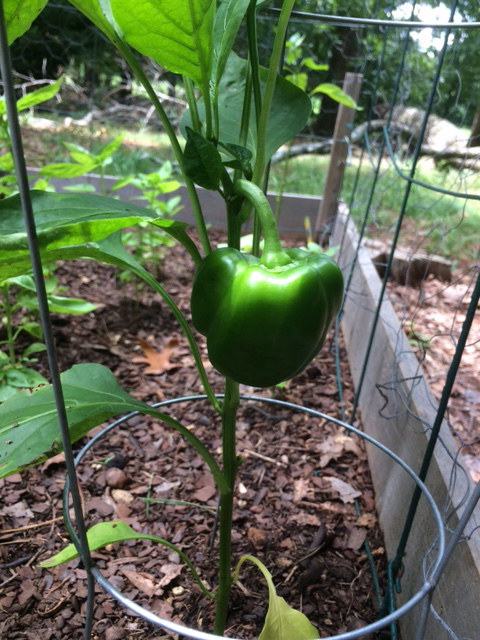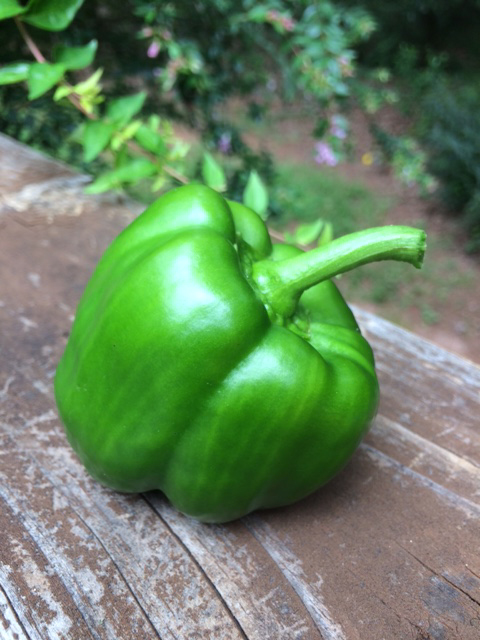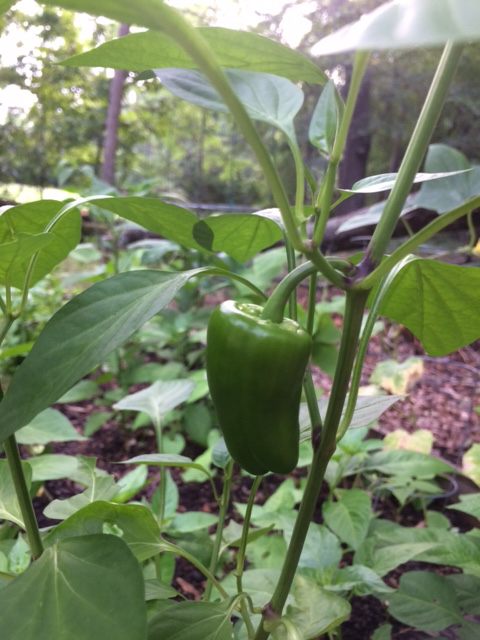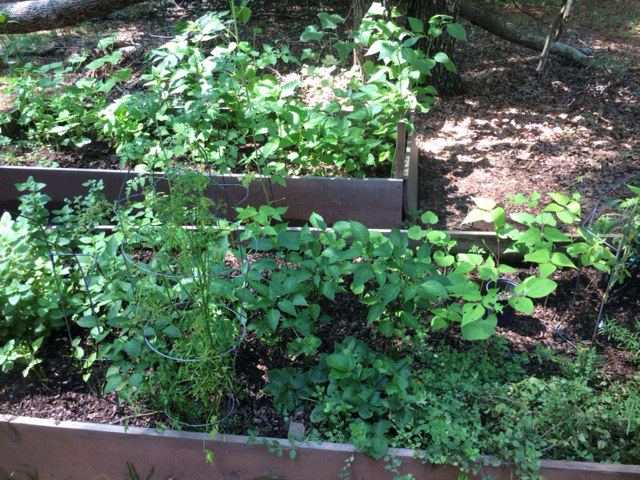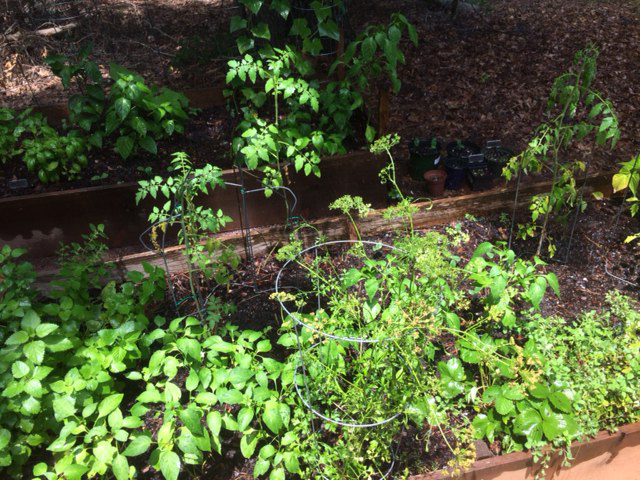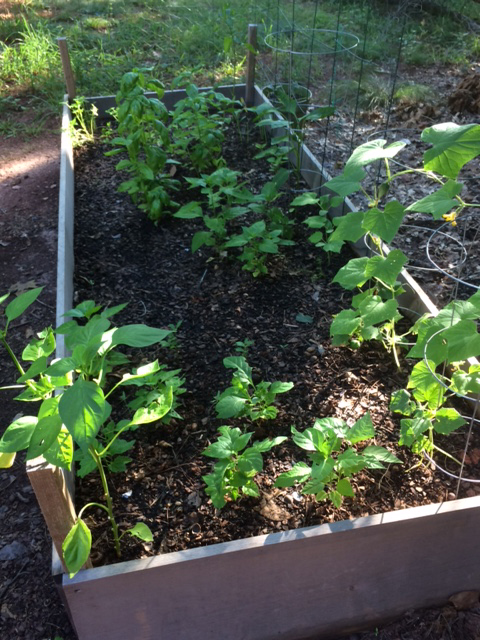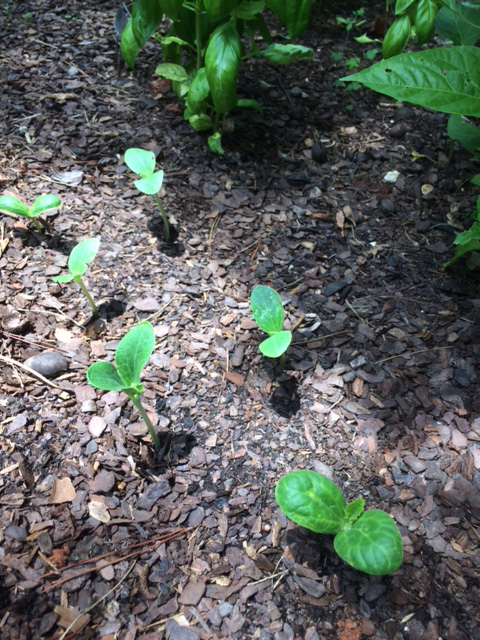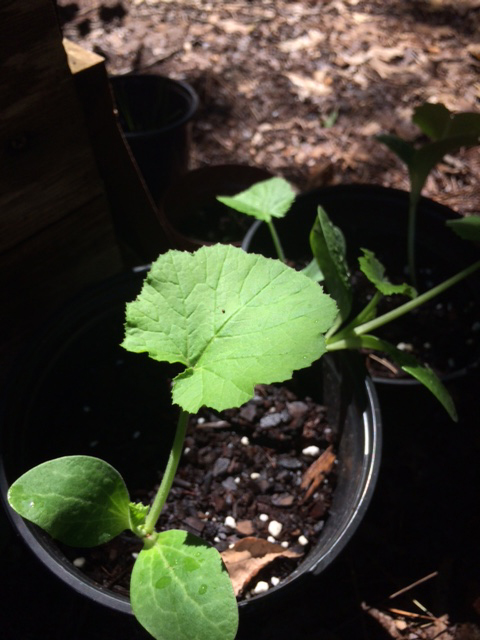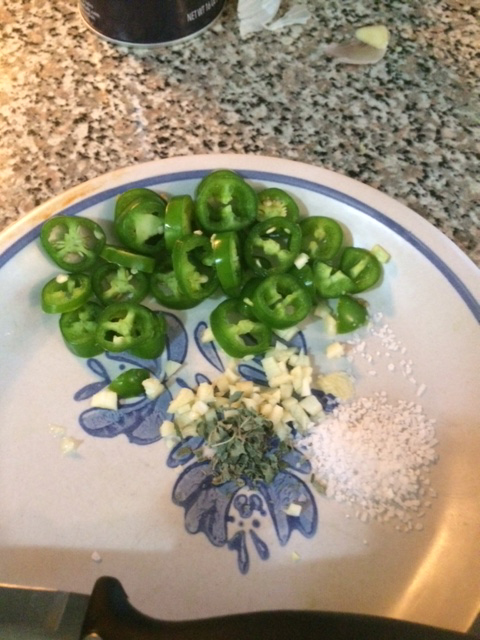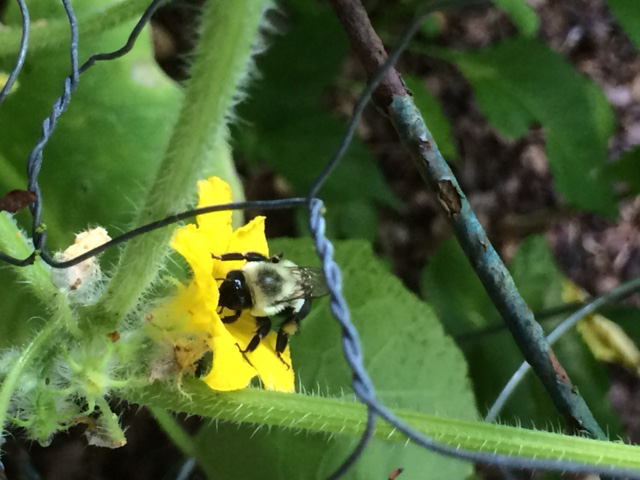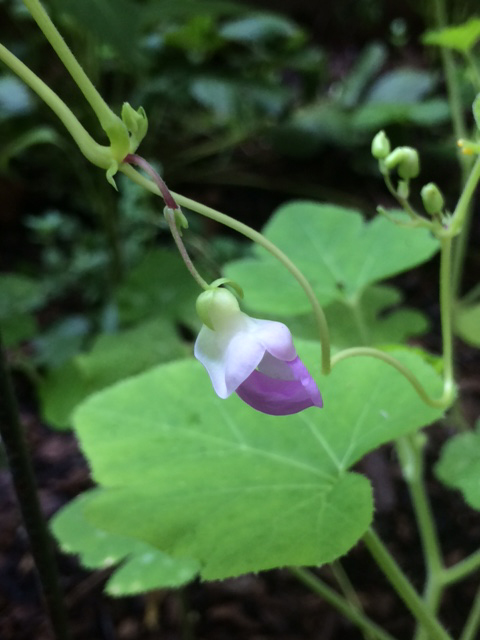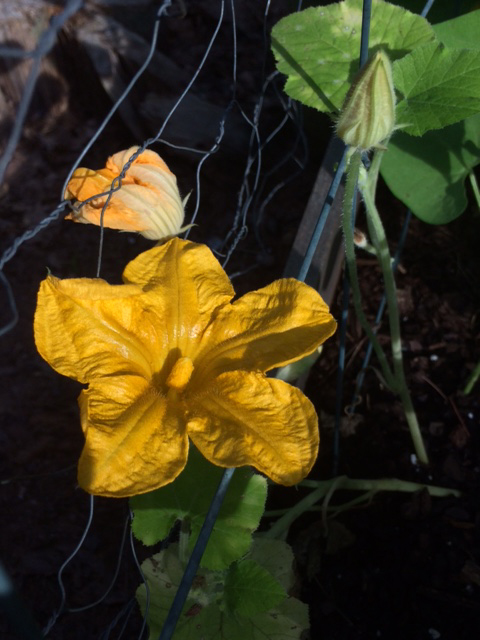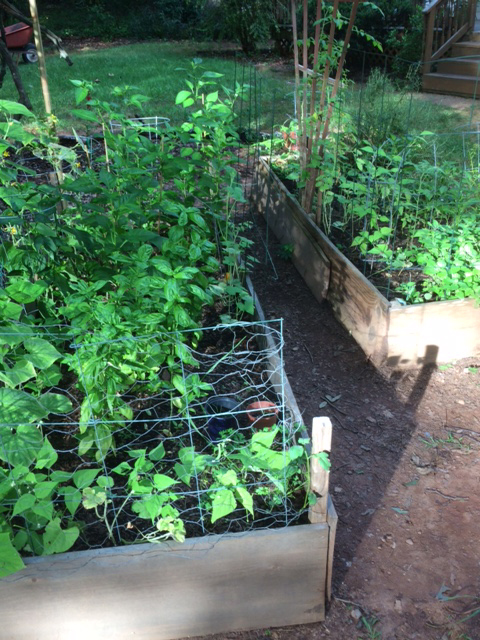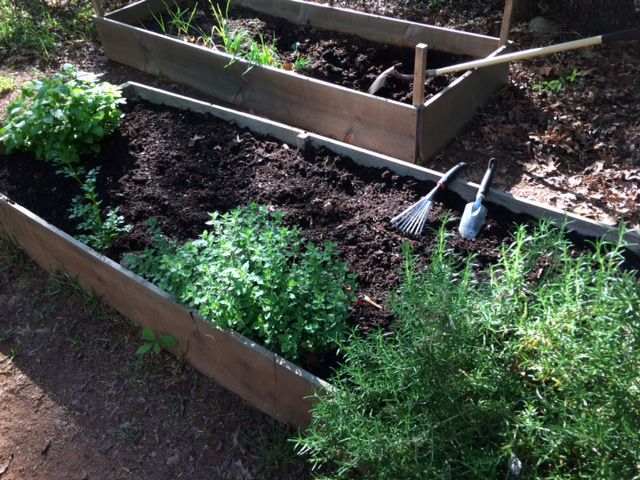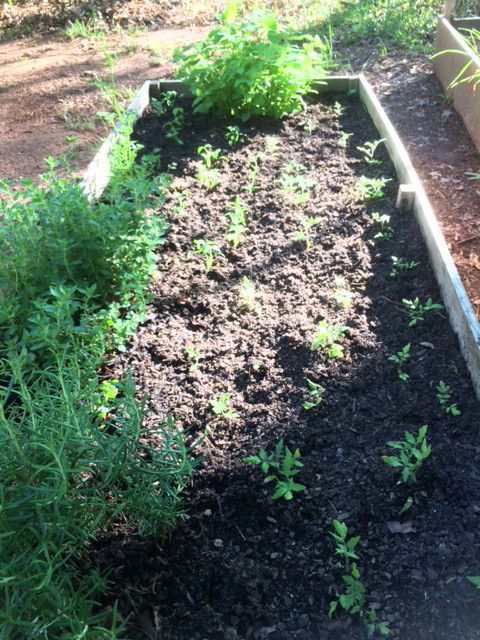The summer garden work is over, and this crazy fall heat wave has broken. Now, I have time to catch up on writing about the plants that bloomed for the first time this year.
One of the spectacular native plants I bought at NightSong Native Plant Nursery’s Plant Sale last year, the Giant Purple Coneflower or ‘Echinacea Purpurea’, bloomed from June through August. There were five blooms total, and I recently cut off the dried seed heads to save for planting next year. I planted it in a 6 inch container last year, and am transplanting to in ground location today! (October 12th, 2018)
I found some fascinating info at my favorite wildflower site, US Wildflowers. The photos on this site are fabulous, and this site is an incredible free resource for plant identification.
Also, Southern Living has a great article by Gene B. Bussell on Purple Coneflower, detailing new hybrids being created, along with their uses in the southern garden.
I moved the plant from the container to the in ground location, where it will get good southern sun exposure. I will also be able to see the blooms through the deck railing. I transplanted on October 12th. All the leaves are gone now, but hopefully it will return next spring! I sprinkled one seed head all around the base of the plant, and saved the other four for planting next spring.







